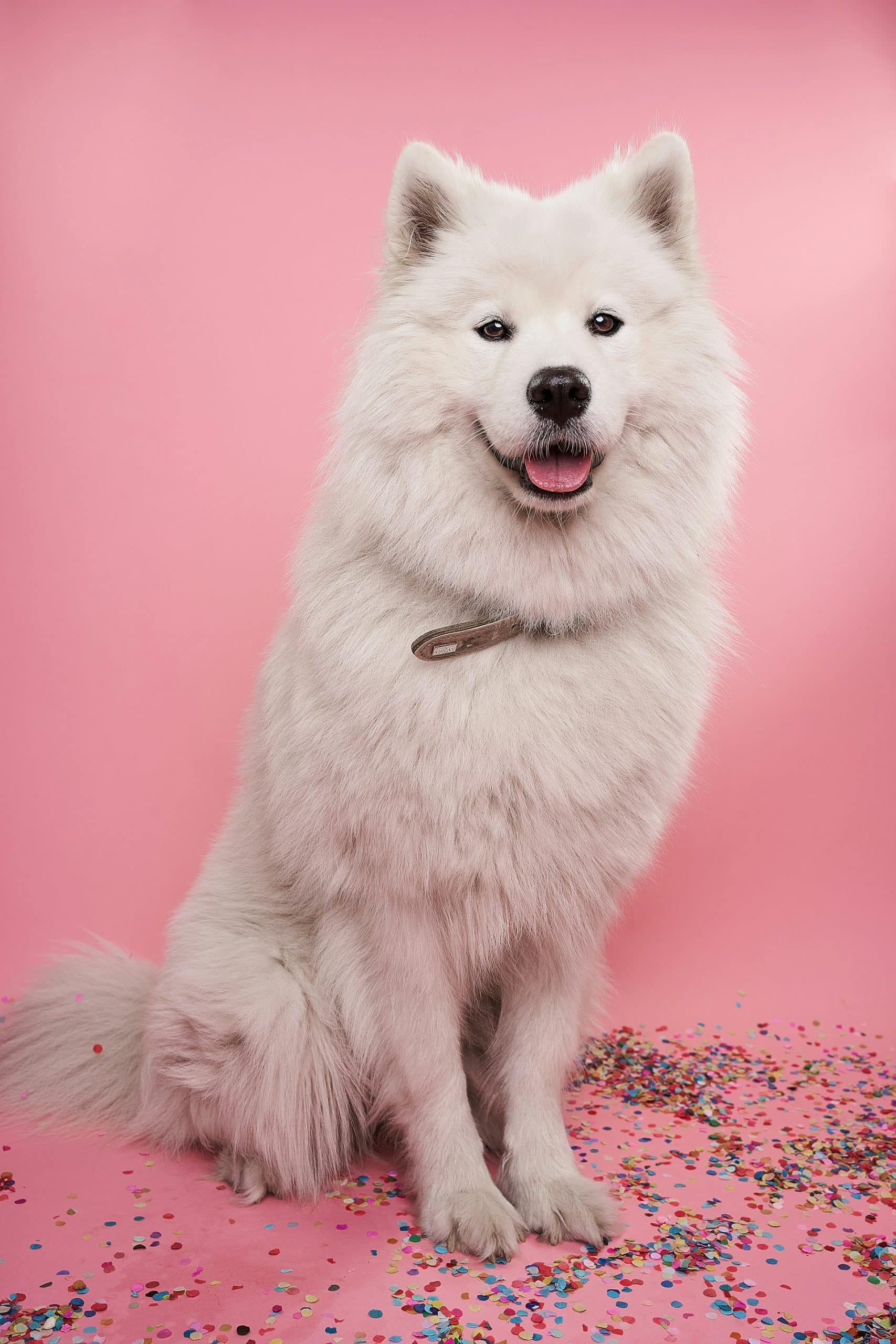As pet owners, it’s our responsibility to create a comfortable, healthy environment for our small companions. When it comes to rodents, like guinea pigs, mice, or rats, one key aspect of their habitat is bedding. Choosing the right bedding is crucial to their well-being, particularly if they have respiratory sensitivity. This article aims to guide you through the best, low-dust options out there to ensure your pet lives a healthful, happy life.
Understanding Your Pet’s Needs
Before diving into specific product recommendations, it’s important to understand why low-dust bedding can be so crucial for rodents. Some small animals, such as guinea pigs, rats, and mice, are prone to respiratory issues. Exposure to dust from certain types of bedding can exacerbate these problems, causing discomfort or even serious health complications. It’s essential to choose bedding that is not only cozy and absorbent but also nearly dust-free.
Dans le meme genre : How to Set Up the Perfect Habitat for a Pacman Frog?
Remember: what works best will largely depend on the species of your pet. Guinea pigs, for example, have different needs than mice or rats. Make sure to consider your pet’s unique needs when selecting bedding.
Paper-Based Bedding Options
One of the most popular types of low-dust bedding is paper-based products. These are typically made from recycled paper, making them an eco-friendly option. The paper is processed to remove ink and other potential irritants, then shredded into a fluffy, absorbent substrate.
Cela peut vous intéresser : How to Choose the Correct Type of Leash for Running with Your Dog?
One notable brand in this category is Carefresh. This product line offers soft, comfortable bedding that is 99% dust-free. It’s also highly absorbent, helping to keep cages clean and odor-free. Carefresh bedding is also biodegradable and compostable, adding an extra layer of eco-friendliness.
Another paper-based option to consider is Kaytee Clean & Cozy. While not as fluffy as Carefresh, it’s still a comfortable choice that is 99.9% dust-free. It also boasts superior absorbency, which aids in maintaining a clean cage environment.
Wood Shavings As Bedding
Wood shavings are another common choice for rodent bedding. However, not all wood shavings are created equal when it comes to dust and potential respiratory irritants.
Pine shavings, for example, while widely available and economical, are often not the best choice for rodents with respiratory sensitivity. The natural oils in pine can cause irritation, and the dust levels can be quite high. However, kiln-dried pine shavings are a different story. The kiln-drying process removes much of the irritating oils and significantly reduces dust.
Aspen shavings are perhaps a better choice. They are naturally oil and scent-free and are usually less dusty than pine. Some brands, like Living World, offer aspen shavings that are specifically processed to be extra low-dust.
Bedding Made From Natural Fiber
Another excellent option for low-dust bedding is products made from natural fibers like hemp or flax. These types of bedding are usually very low in dust and free from harmful chemicals or additives.
Aubiose is a bedding product made from hemp, known for being virtually dust-free. It’s also super absorbent and compostable. Flax bedding, like Linum Flax Bedding, is another low-dust option. It’s soft, absorbent, and completely biodegradable.
Ensuring a Dust-Free Environment
While choosing low-dust bedding is a significant first step, it’s also vital to keep the overall environment as dust-free as possible. Regularly clean and refresh the bedding in the cage, and consider using an air purifier in the room to further reduce dust. Avoid using aerosols or air fresheners around your pet’s cage to prevent additional respiratory irritants.
In the end, the best bedding for your rodent will depend on their specific needs and sensitivities. Always monitor your pet’s health and adjust your care strategy as needed. A clean, comfortable, and dust-free environment will go a long way in ensuring a happy, healthy life for your pet.
Comparing the Absorbency of Different Bedding Types
No matter what type of pet you’re catering to, be it guinea pigs, mice, or other small animals, an absorbent bedding material is a must. Proper absorbency ensures odor control, keeps your pet’s habitat dry, and contributes to overall hygiene.
Paper bedding, such as the Carefresh and Kaytee Clean & Cozy brands mentioned earlier, is known for its excellent absorbency. These products effectively soak up any moisture, reducing the build-up of ammonia levels that may result from pet waste. This makes it ideal for small animals that may spend a lot of time in their habitats and require frequent bedding changes.
Meanwhile, wood shaving options like aspen and kiln-dried pine shavings also provide suitable absorbency. However, their absorbency rate might not be as high as their paper counterparts. Your choice between the two would depend largely on your pet’s specific needs and preferences.
Natural fiber-based bedding, such as Aubiose (hemp) and Linum Flax Bedding, are also commendable for their superior absorbency. They offer the added benefit of being chemical-free, making the cage change process simpler and safer for pet owners.
As per findings from trusted sources like Google Scholar, PubMed, and Lab Anim, bedding materials with high absorbency contribute significantly to keeping the cage environment cleaner and fresher for a longer period of time. Always remember to regularly monitor the condition of your small animal’s bedding and replace it as needed to maintain a healthy environment.
Conclusion: Prioritizing Your Small Pet’s Health
Choosing the right bedding for your pet is a serious responsibility that requires careful consideration and research. The best bedding for your small pet should be as dust-free as possible, highly absorbent, comfortable, and suitable for your pet’s specific needs.
Whether it’s a guinea pig, a mouse, or another small pet, their well-being should constantly be the primary focus. Paper bedding, wood shavings, or natural paper alternatives – the final choice depends on your pet’s individual needs, ranging from their species to specific health concerns such as respiratory sensitivity.
It’s also important to remember to maintain a clean habitat for your pet by regularly changing the bedding and keeping the surrounding environment dust-free. Consider using an air purifier to further reduce dust and avoid using aerosols or air fresheners that may irritate your pet’s respiratory system.
In conclusion, as you make your choice from the different bedding options available, always refer to trusted sources, like Google Scholar, PubMed, Crossref, and lab anim studies, to make an informed decision. Healthy, comfortable, and dust-free bedding will undoubtedly add to your pet’s happiness and longevity.











